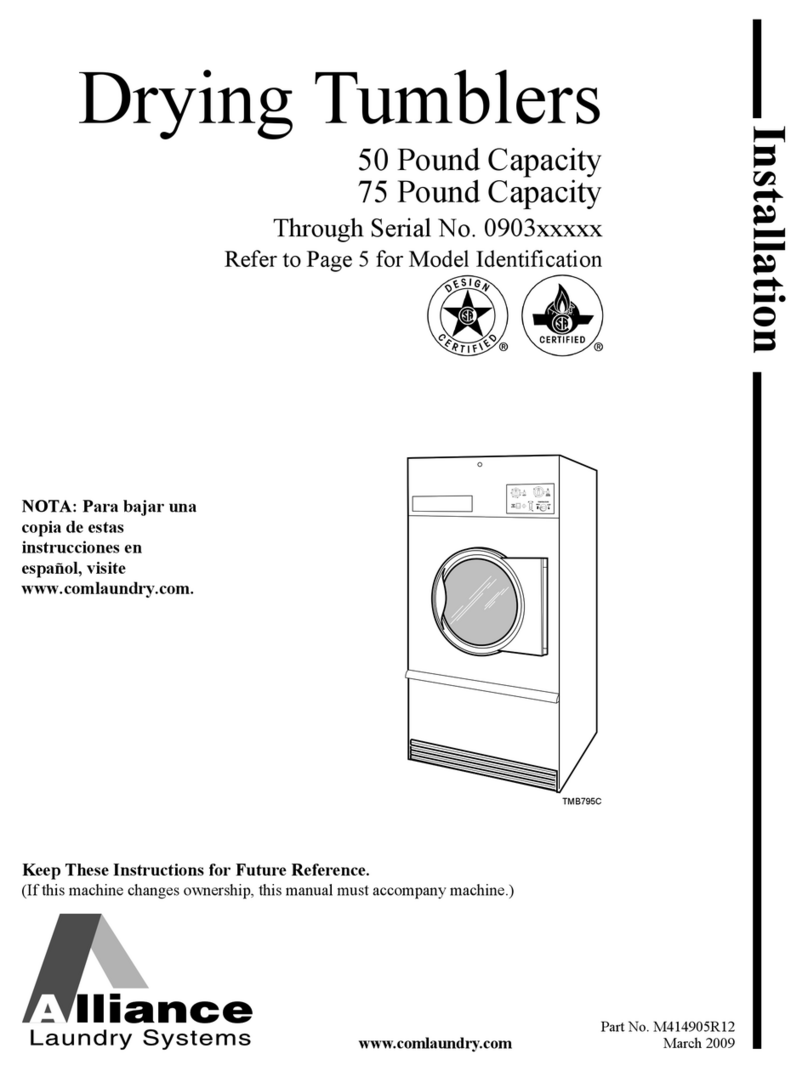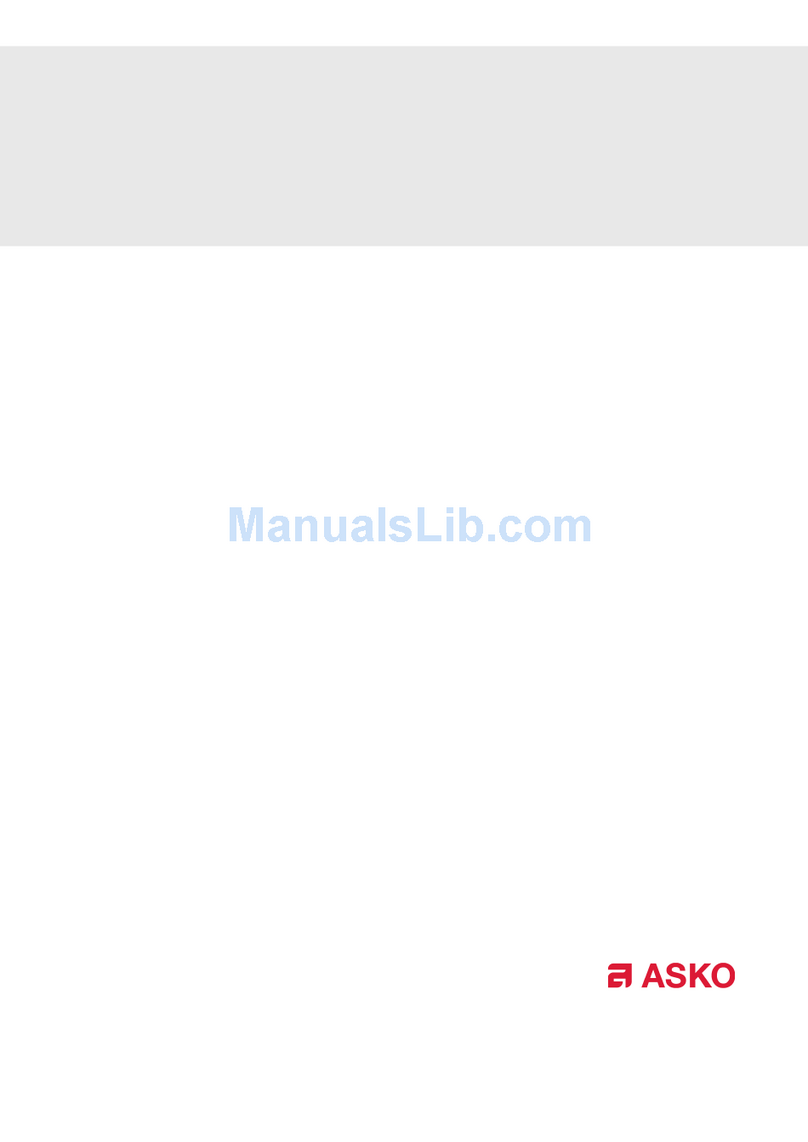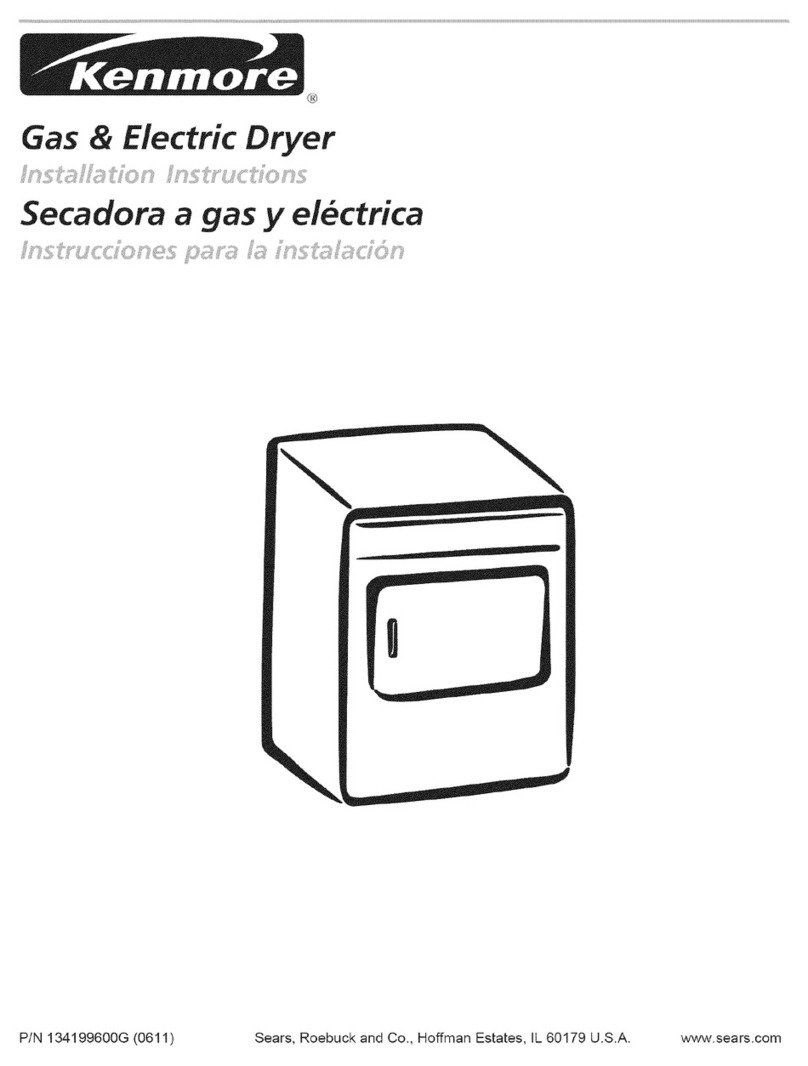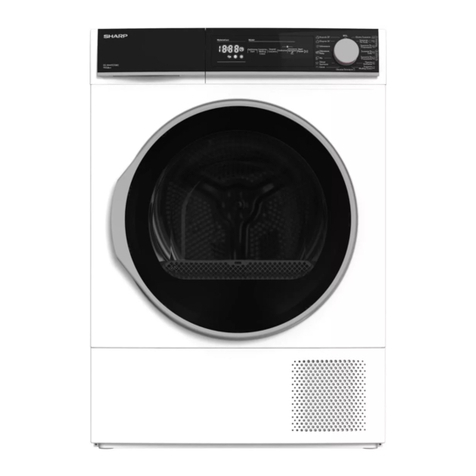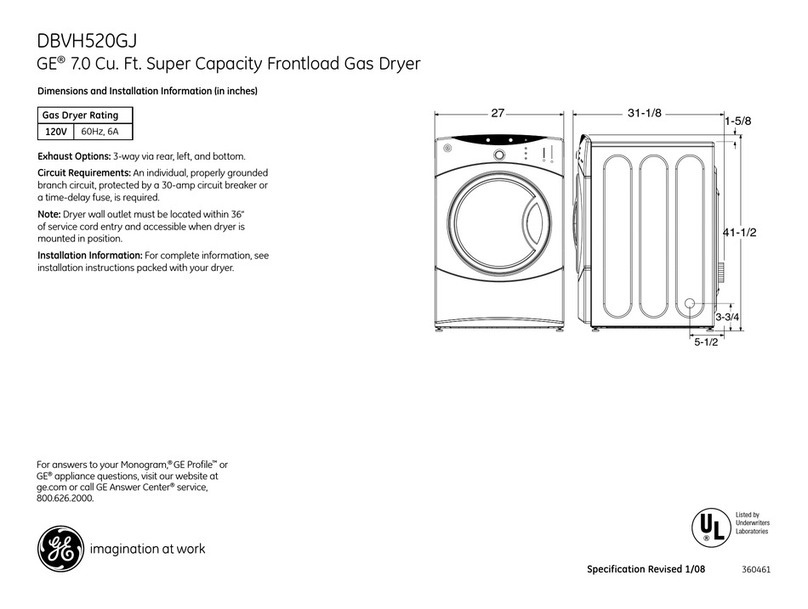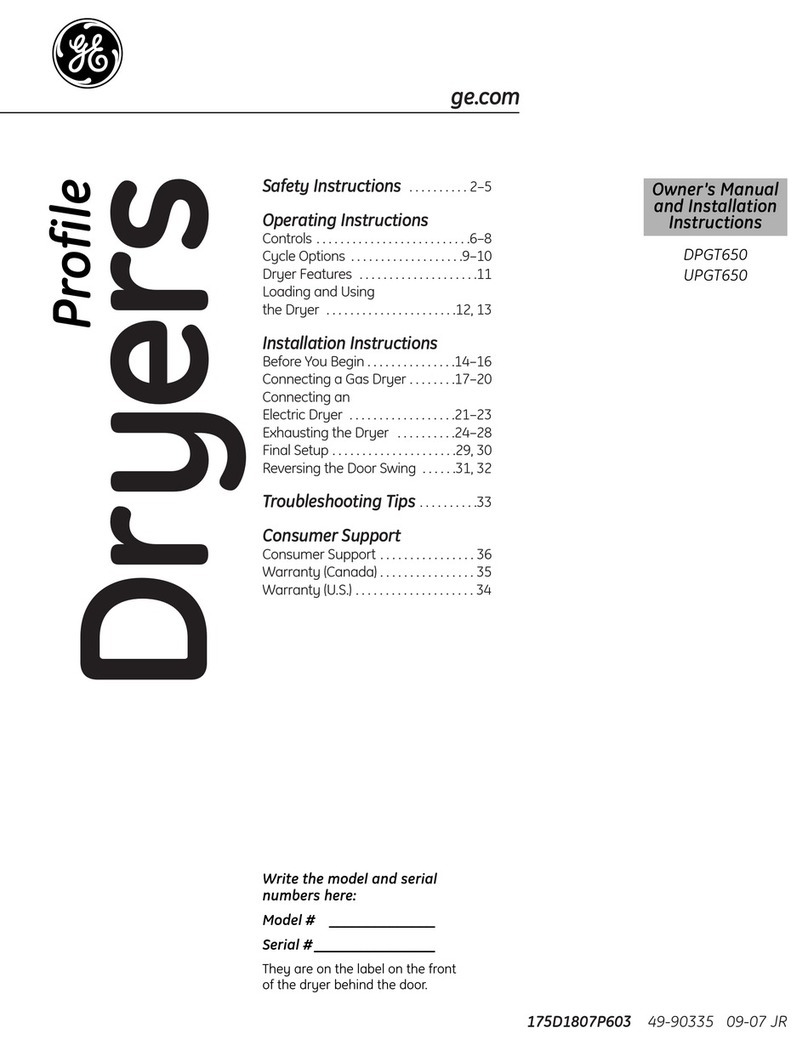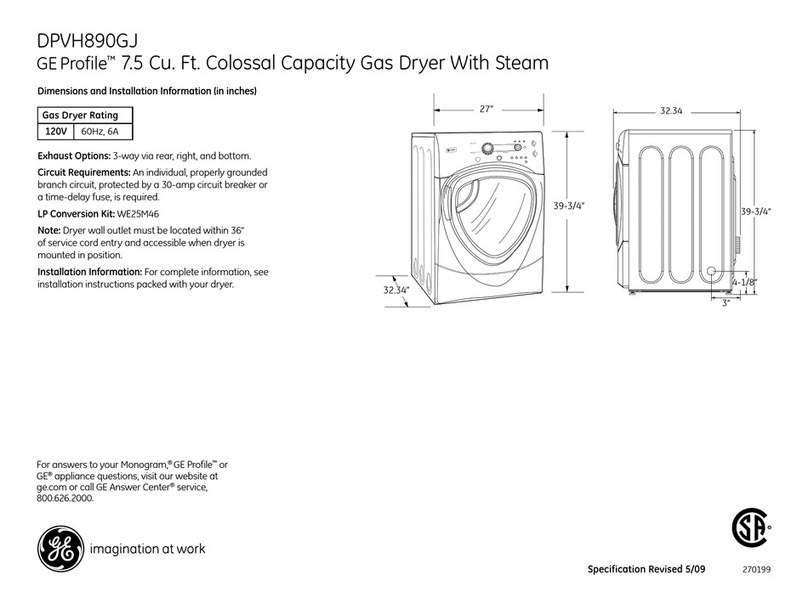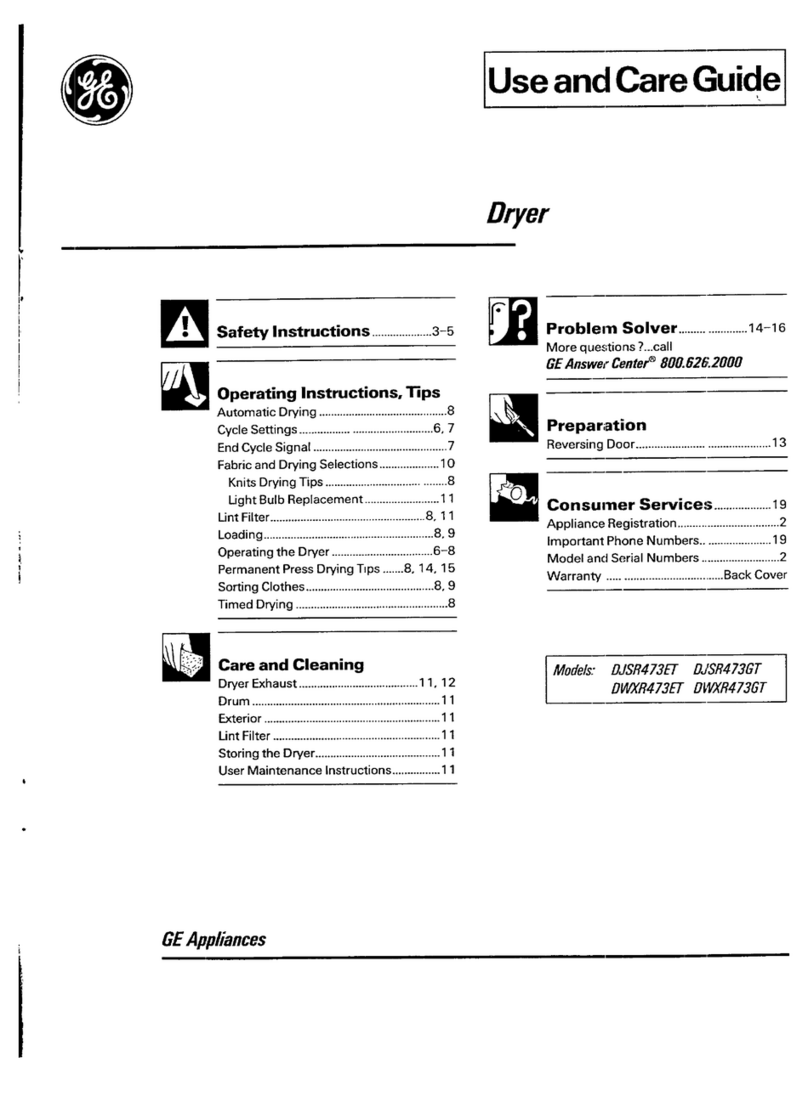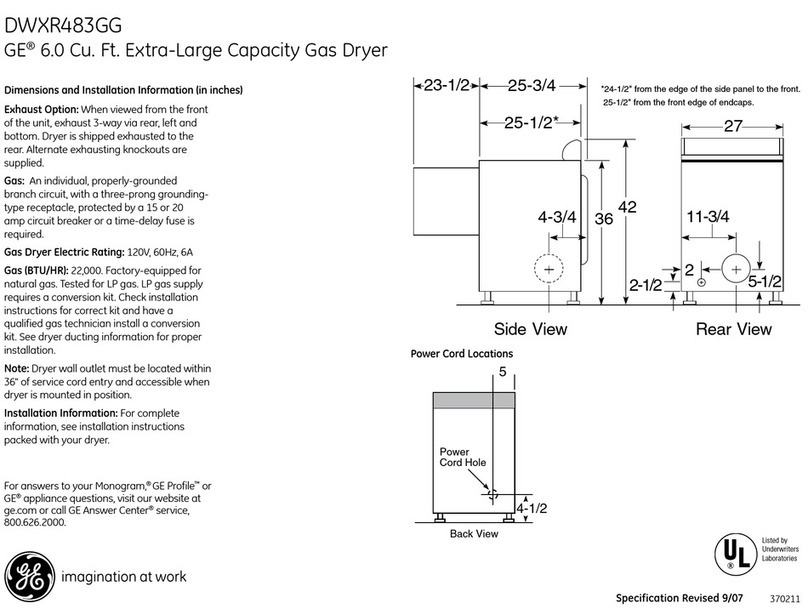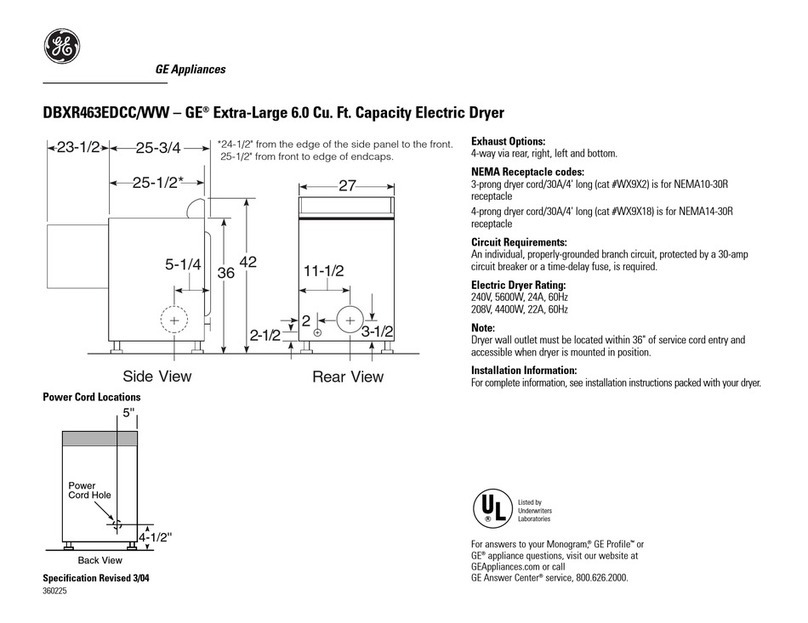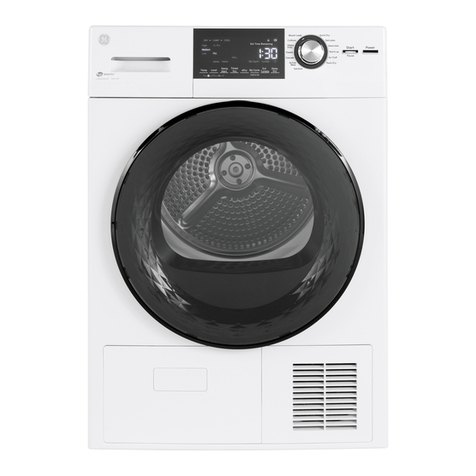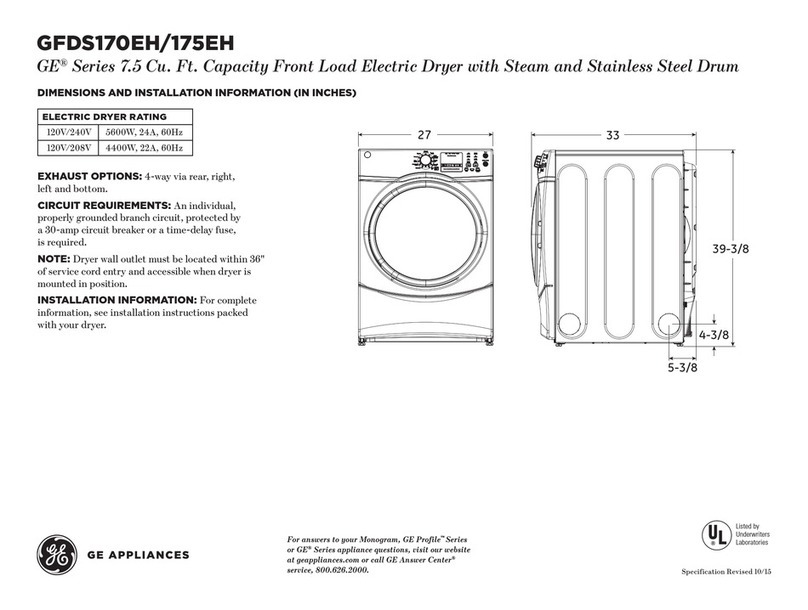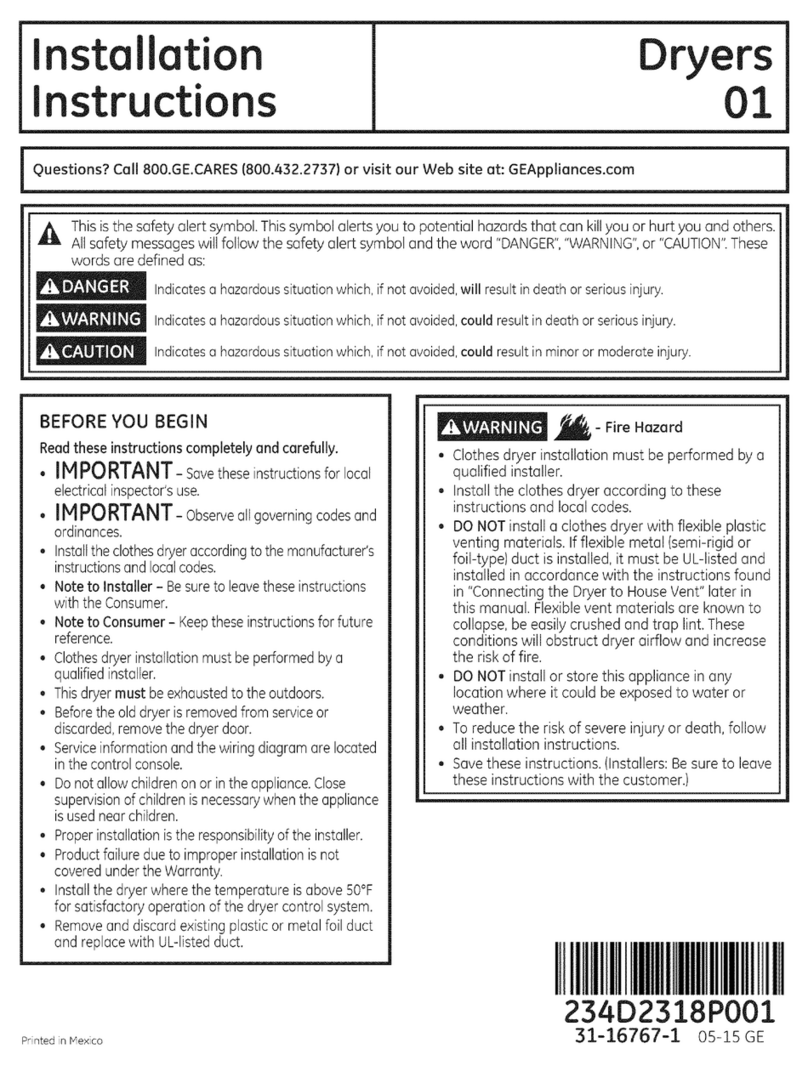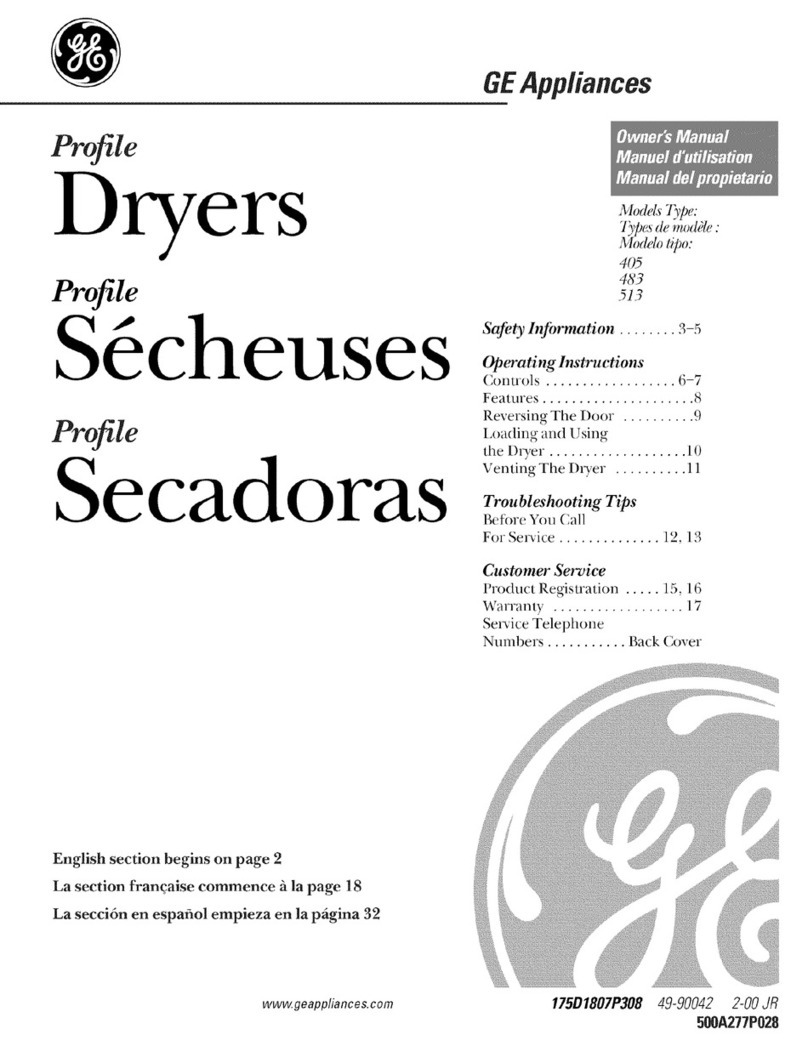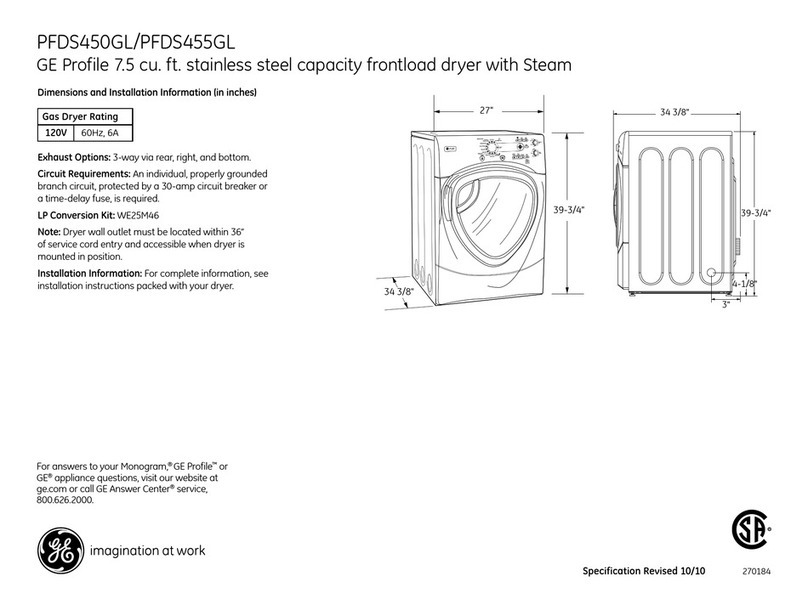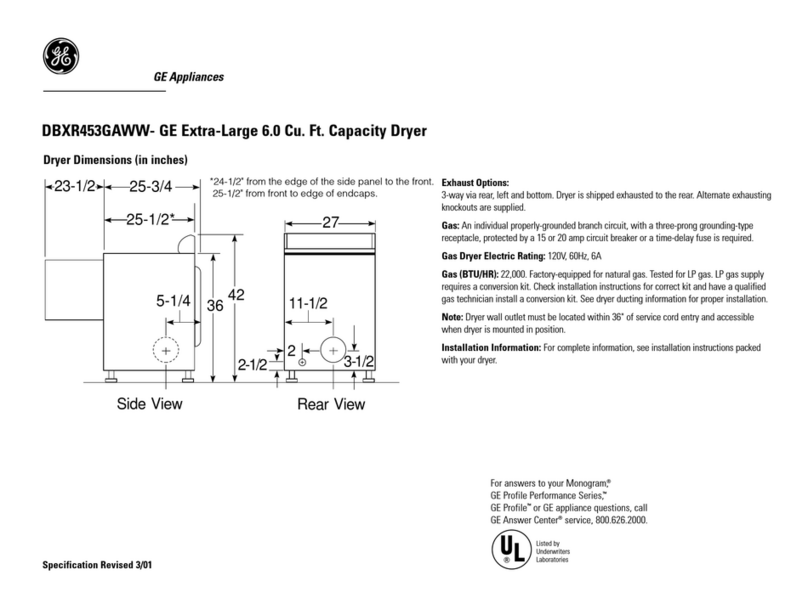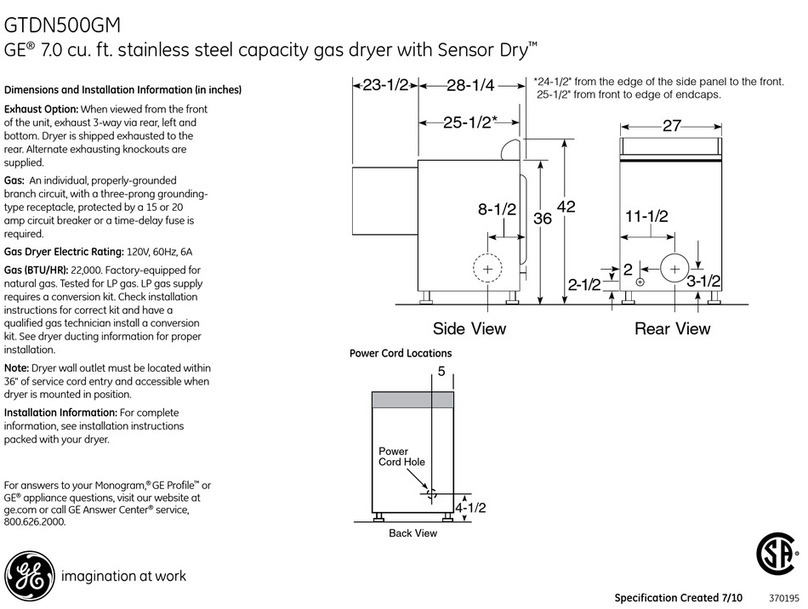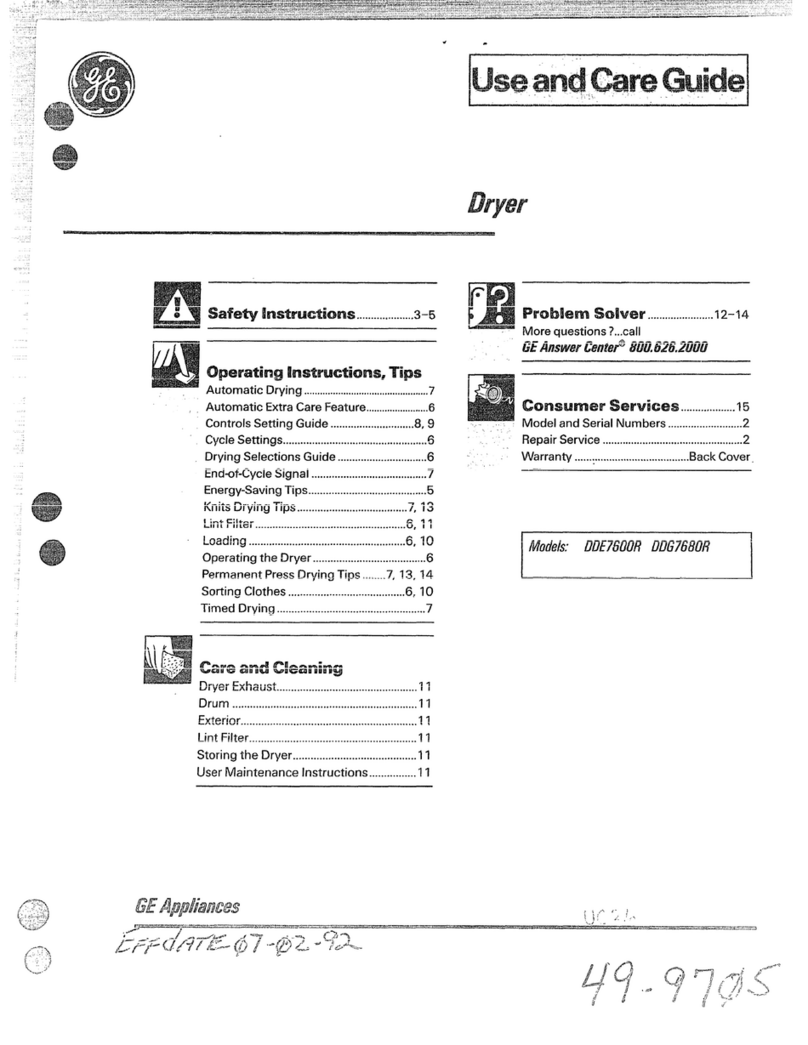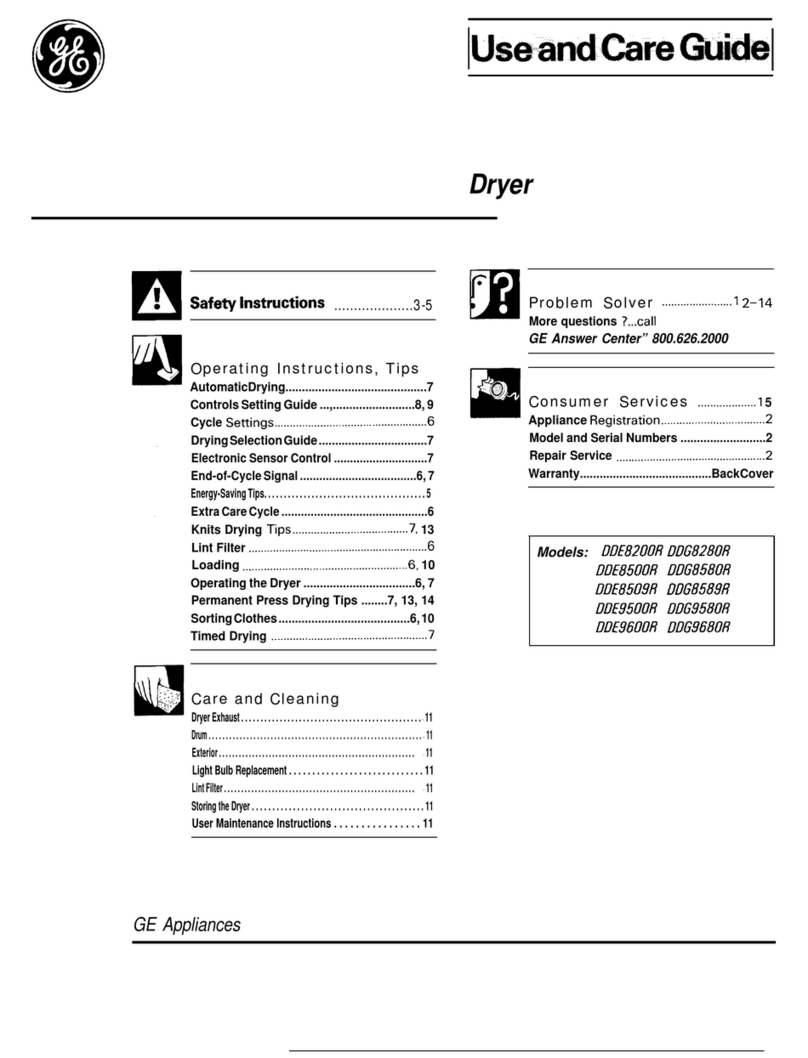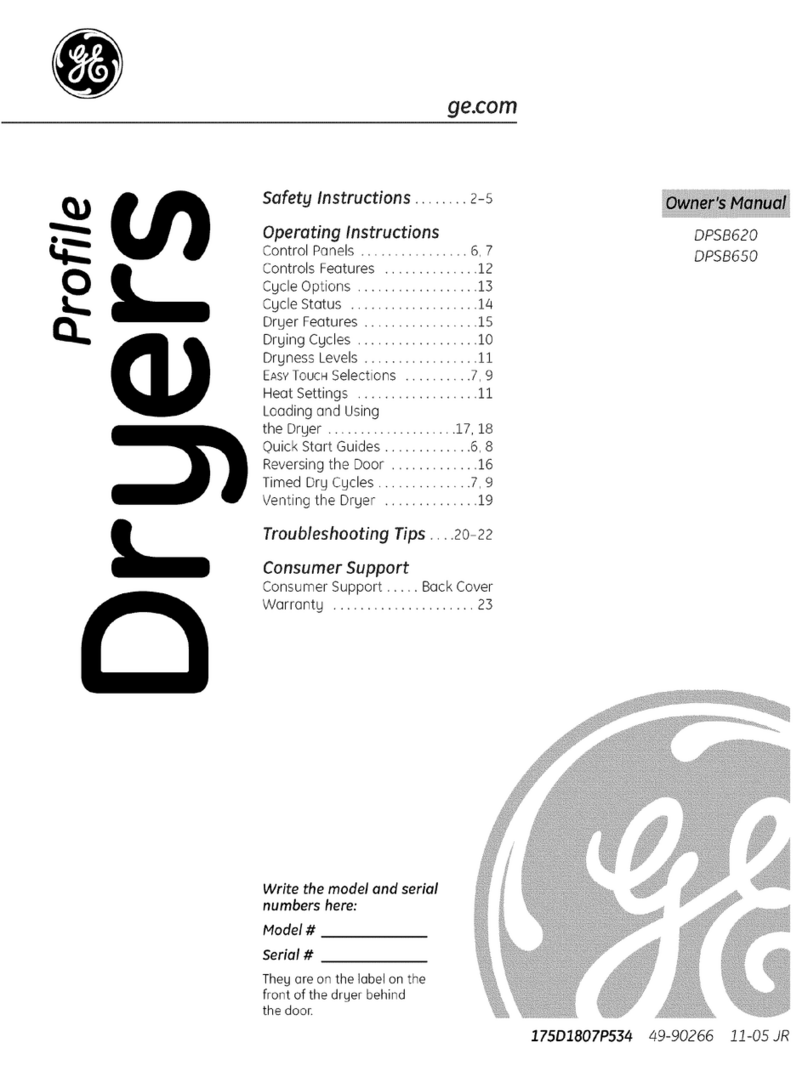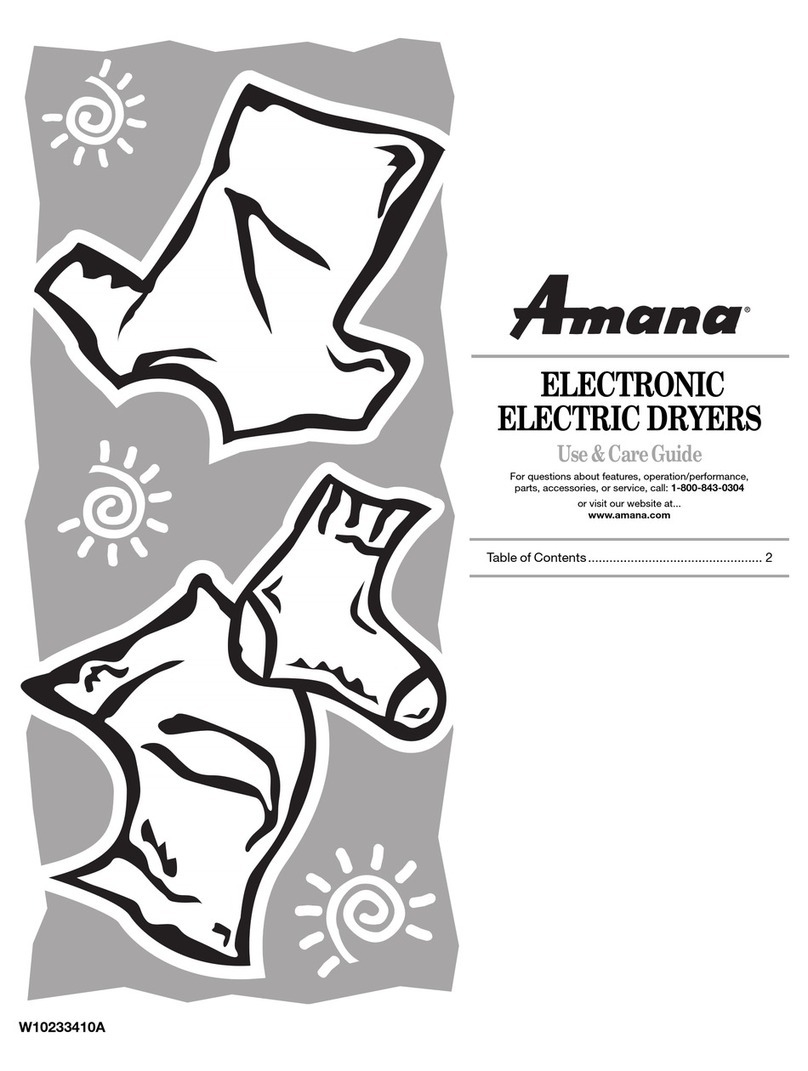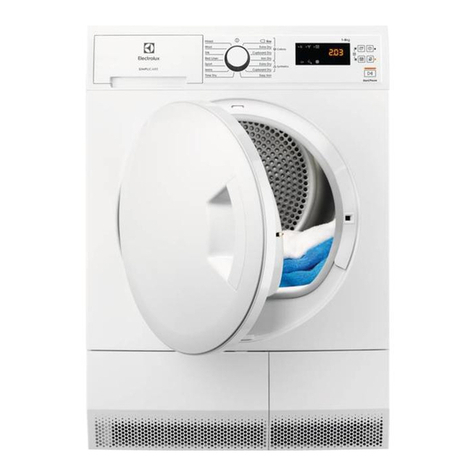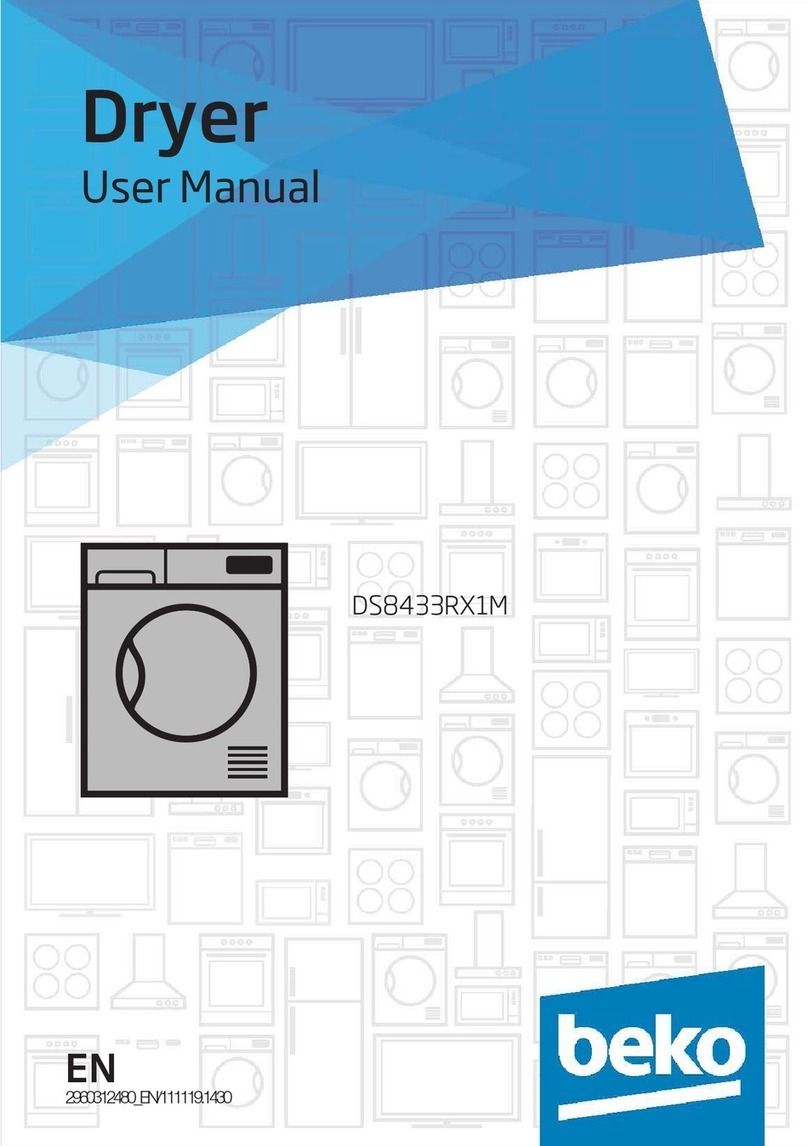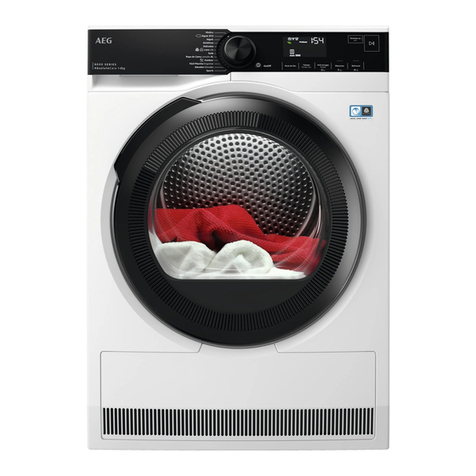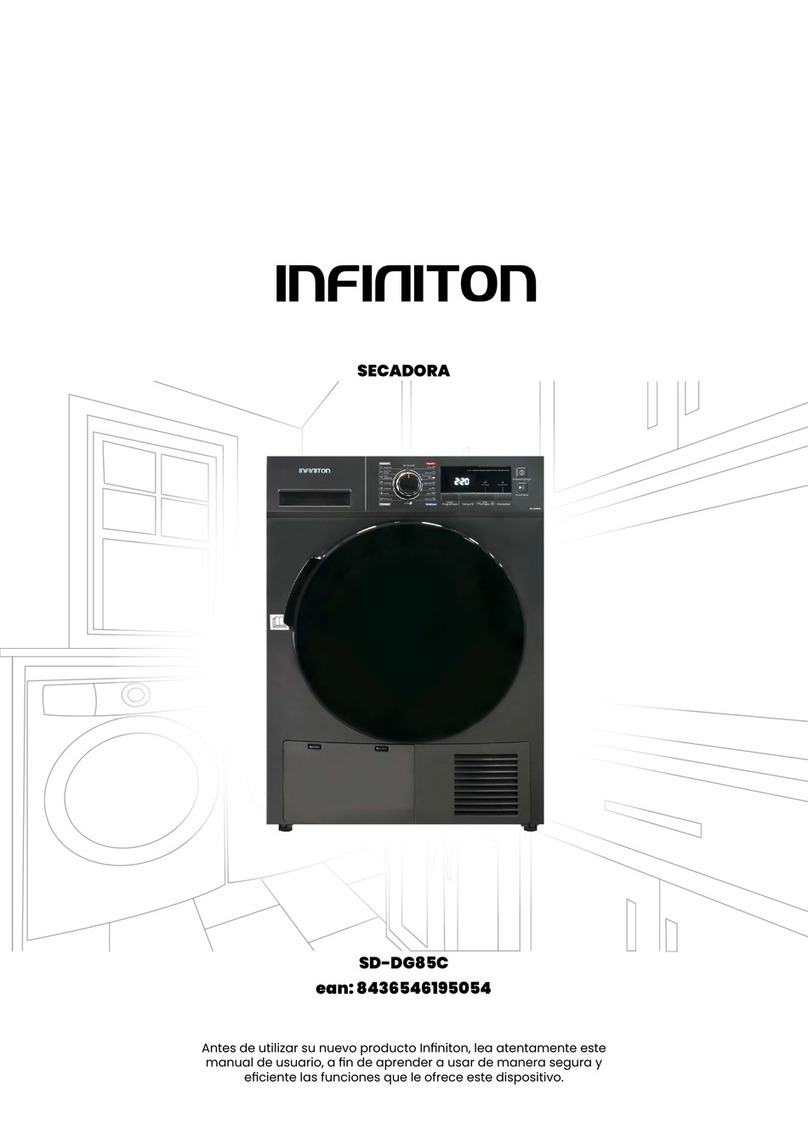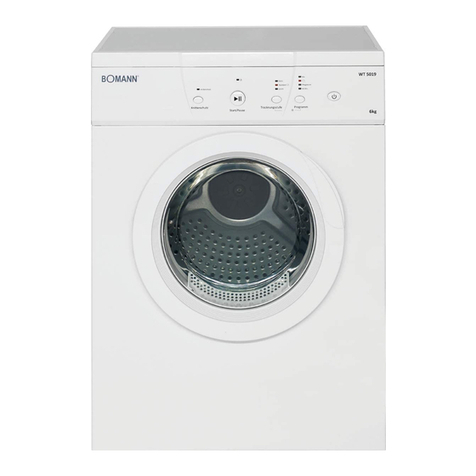
Instrucciones
de instalaci6n Secadora El ctrica
10
2,Preguntas sabre la instalaci6n? Llame al: 1-800-GECARES (EE.UU.)
o visite nuestro sitio Web en: www.GEAppliances.corn (EE.UU.)
ANTES DE COMENZAR
Lea estas instrucciones par completo y con
detenimiento.
•IM PORTANTE -Guarde estas instruc-
ciones para el usa de inspectores locales.
•IMPORTANTE -Siga todos los c6digos
yordenanzas vigentes.
• Nota al instalador - AsegOrese de dejar
estas instrucciones con el consumidor.
• Nota al consumidor - Mantenga estas
instrucciones con el Manual del propietario
para referencia futura.
• Antes de que la secadora antigua searetirada
del servicio o eliminada, quftele la puerta.
• La informaci6n sabre reparaciones y el
diagrama del cableado se encuentran en la
consola de control.
• No permita que niflos sesuban o se metan
dentro del aparato. Se requiere una super-
visi6n estricta cuando el aparato es utilizado
cerca de nifios.
• Instale la secadora en lugares donde la
temperatura sea mayor a 50°F para un
funcionamiento satisfactorio del sistema de
control de la secadora.
• La garant[a no cubre las fallas del producto
debido a una instalaci6n incorrecta.
- ADVERTENCIA RIESGO DE INCENDIO
• Para reducir el riesgo de una lesi6n grave o de muerte, cumpla con
todas las instrucciones de instalaci6n.
• Lainstalaci6n de la secadora debe efectuarla un instalador calificado.
• Instale la secadora de ropa de acuerdo con estas instrucciones yen
cumplimiento de los c6digos locales.
• Esta secadora debe tener una salida al exterior.
• Utilice s61oun conducto r[gido de metal de un di6metro de 4" dentro del
gabinete de la secadora y use s61oun conducto de transici6n aprobado
par ULentre la secadora y el conducto dom#stico.
• NOinstale una secadora de ropa con conductos de pl6stico flexibles.
Si se instala un conducto flexible de metal (semi r[gido o de tipo papel de
aluminio), debe estar aprobado par ULe instalarse de acuerdo con las
instrucciones de "C6mo conectar la secadora a la ventilaci6n dom#stica"
de las p6ginas 4-5 de este manual. Los materiales de ventilaci6n
flexibles a menudo se desploman, se aplastan y atrapan pelusas. Estas
condiciones obstruyen la corriente de aire de la secadora e incrementan
el riesgo de incendio.
• No instale o almacene este aparato en un lugar donde se vea expuesto
al agua y/o alas inclemencias del tiempo.
• Guarde estas instrucciones. (Instaladores: AsegOrese de dejar estas
instrucciones al consumidor).
NOTA:Lainstalaci6n g reparaci6n deesta secadora requieren capaci-
dades mec6nicas y el_ctricas b6sicas. Essu responsabilidad contactar
a un instalador calificado para realizar las conexionesel_ctricas.
I
HERRAMIENTAS
NECESARIAS
AUCATESDEJUNTADESLIZANTE
DESTORNILLADORPLANO
DESTORNILLADORDEESTRELLA
Paso 1
Paso 2
Paso 3
Paso Q
Paso 5
Paso 6
Paso 7
Paso 8
HATERIALES
)
CONDUCTODEMETALDE#' DEDIA
(RECOMENDADO)
CONDUCTODETR#NSIOONDEMET&L
ABRAZADERAS
DECONDUCTODE4"(2)
0
ABRAZADERAS
NECESARIOS
CODODEMETAL
DE4"DEDIA. CAMPANA GAFAS
DESALIDADESEGURIDAD
FLEXIBLE(SEMIRIGIDO/DE4"DEDIA, DERESORTEDE4"(2)
APROBADOPORUL(SIFUERANECESARIO}
KITWXO8XIOO77(INCLUYE2CODOSI _ _ AUVIODETENSION
GUANTES DE3A"RECONOODO
ONTAADHESIVA PORUL
CONDUCTODETRANSIOONDEMETAL
FLEXIBLE(TIPOPAPELDEALUMINIO}DE4"DEDI#. LJ
APROBADOPORUL(SIFUERANECESARIOI a"PLACADECUBIERTA
KITDECABLE
DEENERGIA
DELASECADORA
(NOPROVBTACON
LASECADORAI
CAPACIDAD UL DE
220/240V30A
CON 3 0 4 PUNTAS
ANTES DE COMPRAR EL
CORDON IDENTIFIQUE
EL TIPO DE ENCHUFE DE
ACUERDO CON EL
RECEPTACULO
DE LA CASA
Prepareel6reay lasalidaparalainstalaci6ndelanueva
secadora (ver secci6n 1).
Verifique y asegOrese de que la salida al exterior existente
est# limpia (ver secci6n 1)y que cumpla con las especifi-
caciones de instalaci6n incluidas (versecci6n 3).
Quite las almohadittas de espuma para envio (ver secci6n 1).
Desplace la secadora a la ubicaci6n deseada.
Conecte el suministro de energfa (ver secci6n 2).
Conecte la salida al exterior (ver secci6n 4).
Nivele su secadora (versecci6n 5).
Verifique el funcionamiento del suministro de energfa y
de la ventilaci6n.
Paso 9 Coloque el manual del propietario y las instrucciones de
instalaci6n en un lugar de fcicil acceso para el propietario.
Para instalaci6n en nicho o closet, ver secci6n 6.
Para instalaci6n en baflos o dormitorios, ver secci6n 7.
Para casas m6viles o prefabricadas, ver secci6n 8.
Para instalaci6n en garaje (si permitido por los codigos locales),ver
secci6n 9.
Para salidas laterales o por la parte inferior, ver secci6n 10.
234DlO52PO05 31-16629-2 03-12 GE
